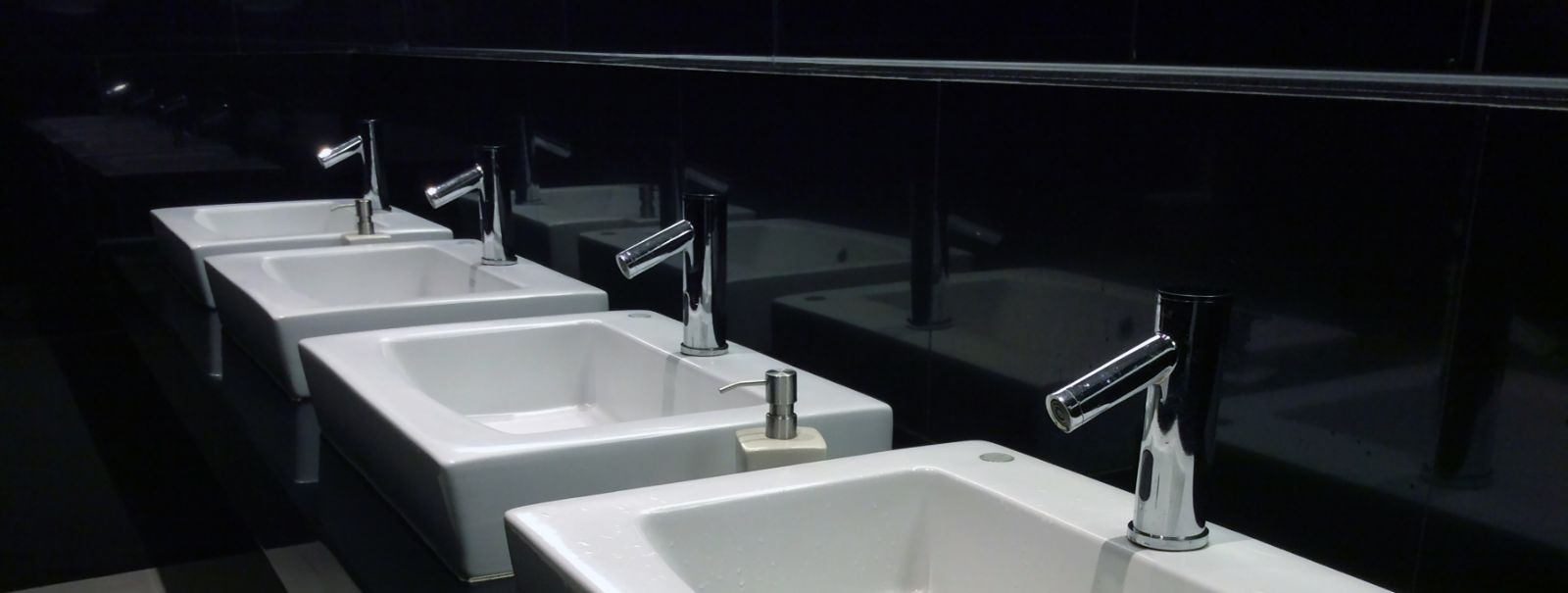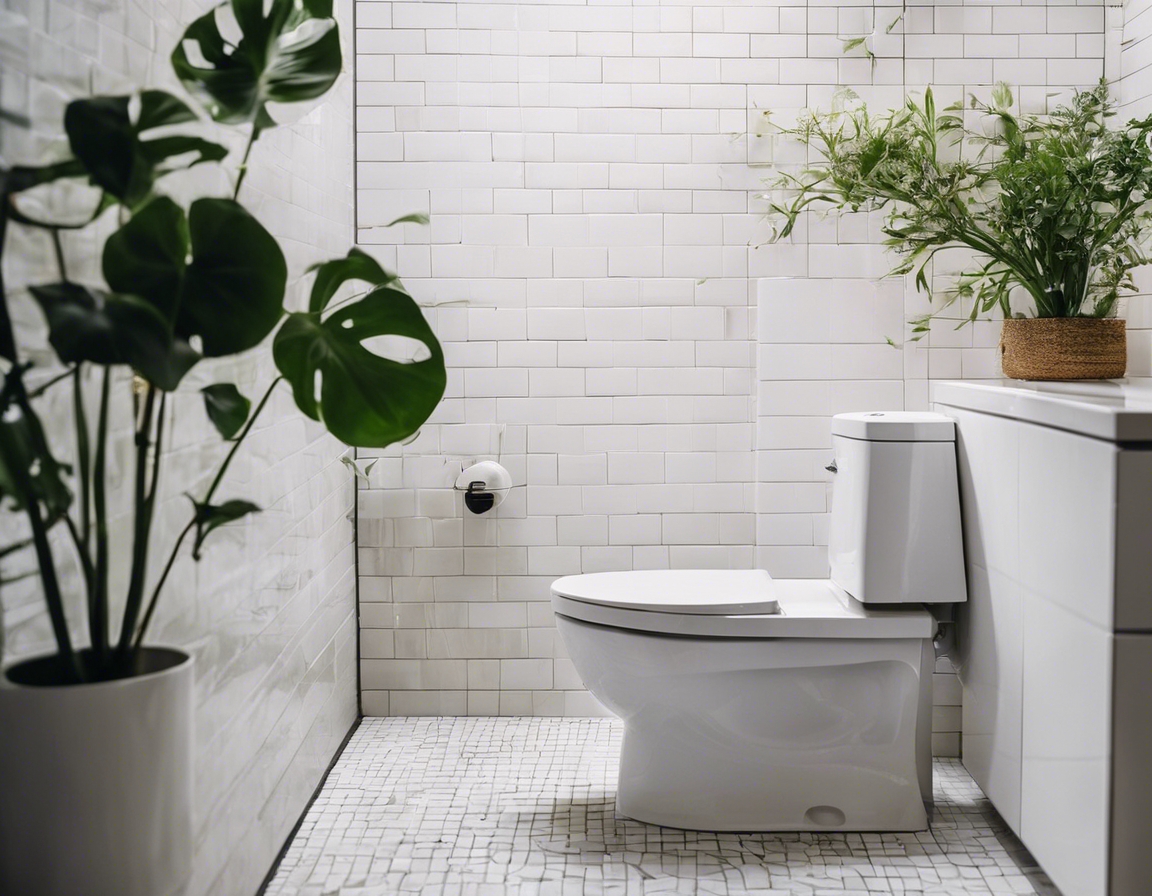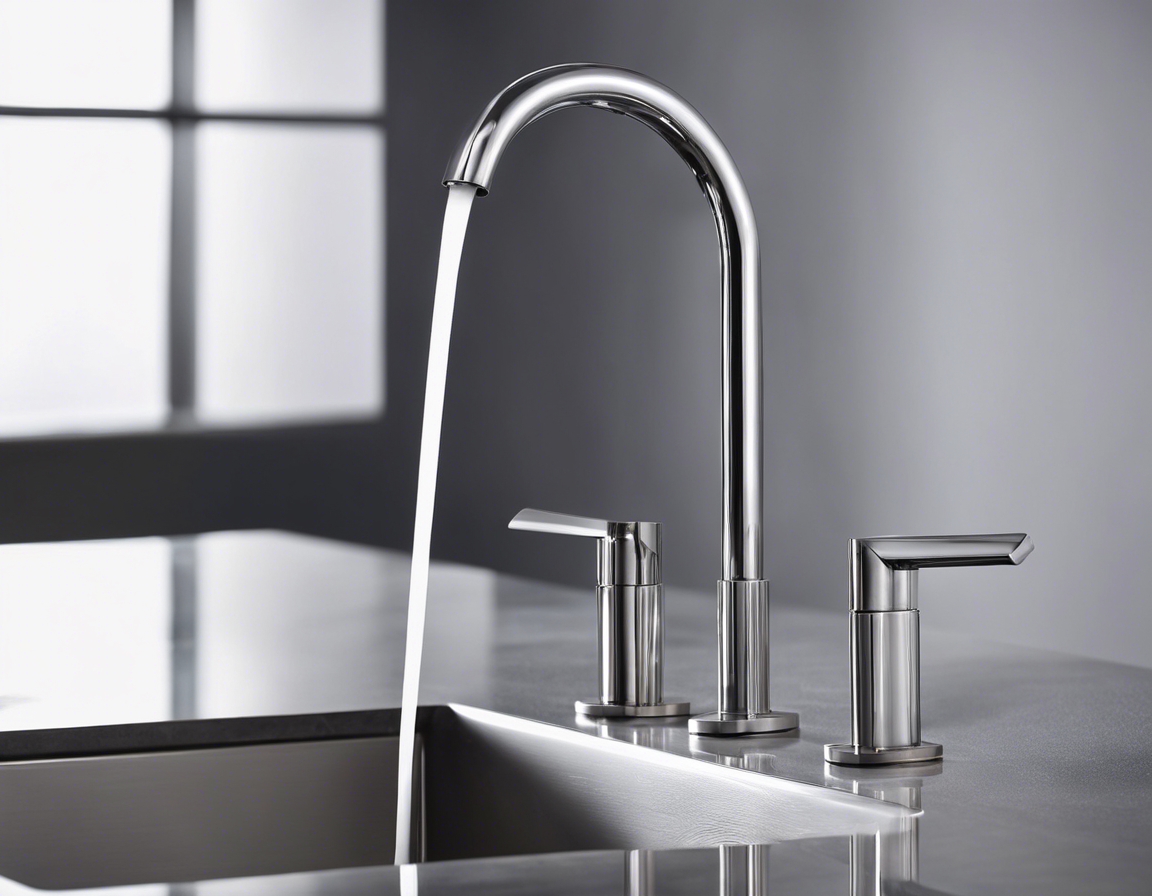The future of sanitary engineering: trends to watch
Sanitary engineering is a critical field that intersects public health, environmental science, and civil engineering. It encompasses the management of water supply, wastewater, and solid waste, and is essential for ensuring the health and well-being of communities. As we look to the future, several trends are poised to transform the industry, offering both challenges and opportunities for professionals and stakeholders alike.
Emerging Trends in Sanitary Engineering
With the growing demand for water and the stress on natural resources, water reclamation and reuse have become pivotal in sanitary engineering. Advanced treatment processes are now capable of turning wastewater into high-quality water for various non-potable applications, reducing the strain on freshwater resources.
Technology is revolutionizing sanitation systems, making them smarter and more efficient. Sensors and IoT devices are being integrated to monitor system performance, predict maintenance needs, and optimize resource use.
Green infrastructure is gaining traction as a sustainable approach to managing stormwater and reducing urban heat islands. This includes the use of permeable pavements, green roofs, and rain gardens, which also enhance urban aesthetics and biodiversity.
Emerging technologies such as membrane bioreactors (MBRs) and nutrient recovery systems are setting new standards for wastewater treatment efficiency and environmental protection.
Decentralized systems are becoming more popular, especially in remote and underserved areas. These systems treat waste at or near the point of generation, reducing the need for extensive infrastructure and transportation.
Impact of Technological Advancements
The integration of IoT and big data analytics in sanitary engineering allows for real-time monitoring and data-driven decision-making, leading to more responsive and adaptive systems.
Automation and robotics are streamlining operations, from sewer inspections to waste sorting, enhancing safety and efficiency in the process.
New materials, such as high-performance polymers and composites, are being developed for pipes and other infrastructure components, offering improved durability and reduced maintenance costs.
Regulatory Changes and Sustainability
As environmental concerns grow, regulations are becoming stricter, pushing the industry towards more sustainable practices and technologies.
The focus on sustainability is driving the adoption of materials that are not only durable but also recyclable and energy-efficient, aligning with the principles of circular economy.
Challenges and Opportunities
Climate change poses significant challenges to sanitary infrastructure, with increased flooding and droughts necessitating resilient and adaptable designs.
Rapid urbanization is putting pressure on existing infrastructure, highlighting the need for scalable and flexible sanitary solutions.
The recent global health crises have underscored the importance of sanitation for public health, leading to greater investment and innovation in the sector.






Comments (0)